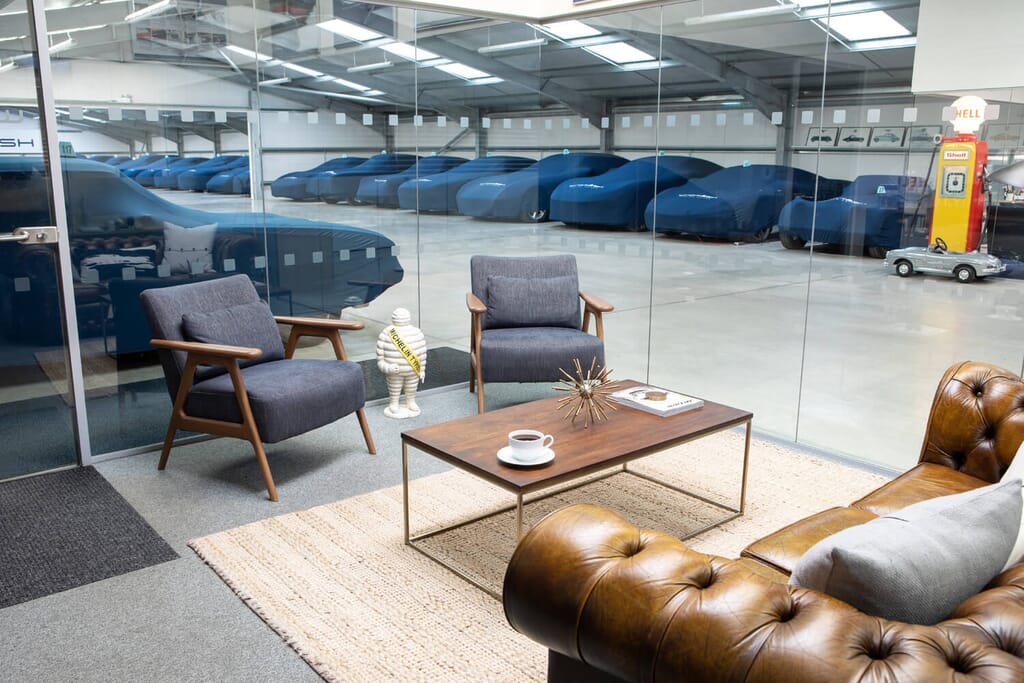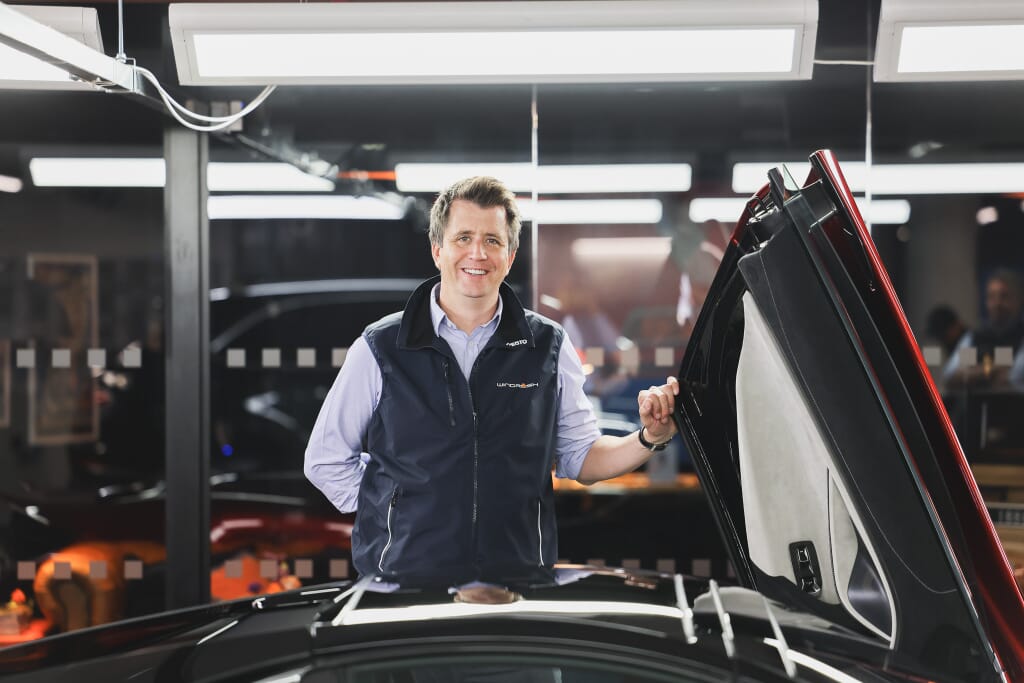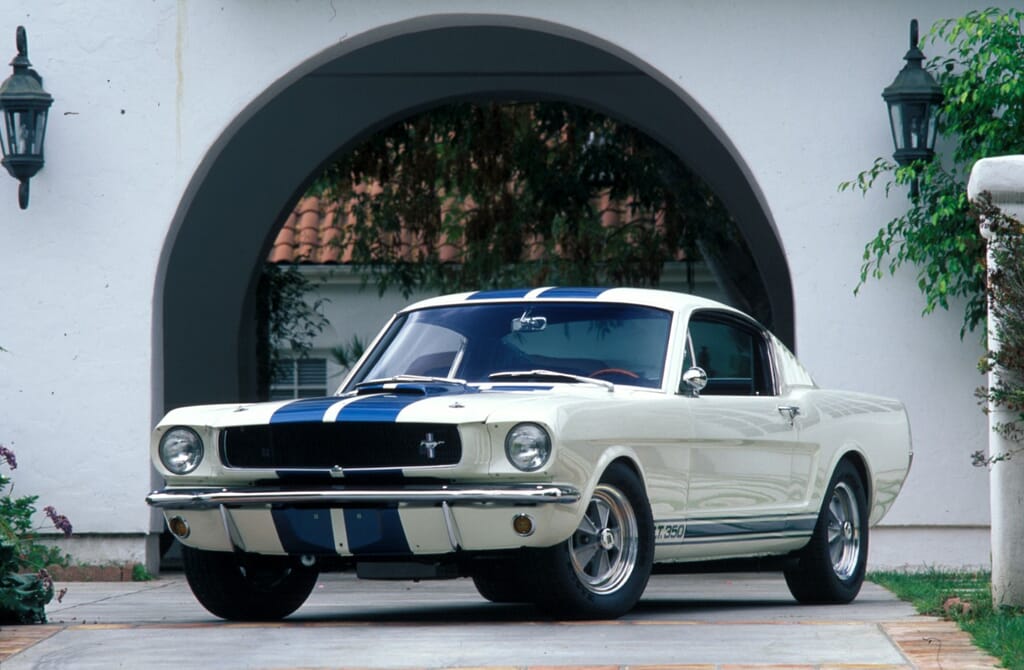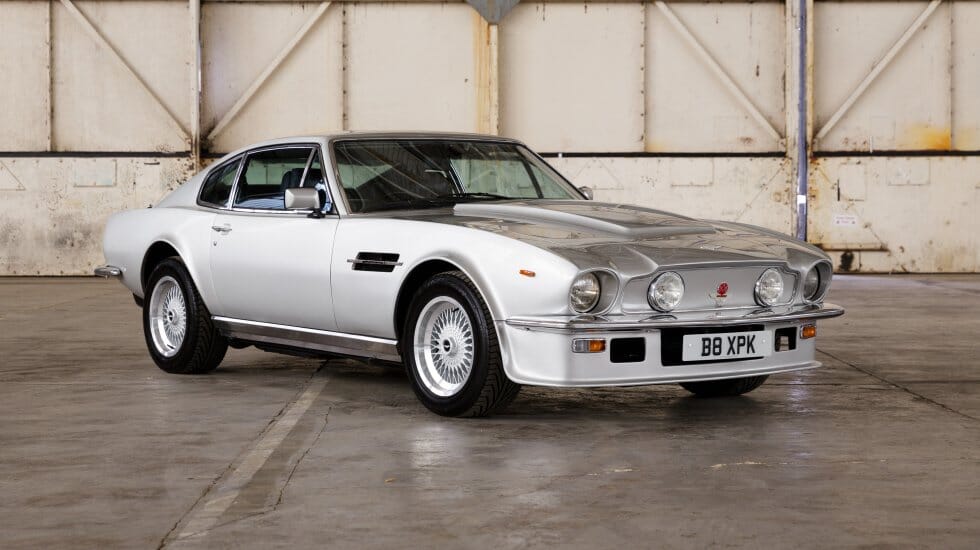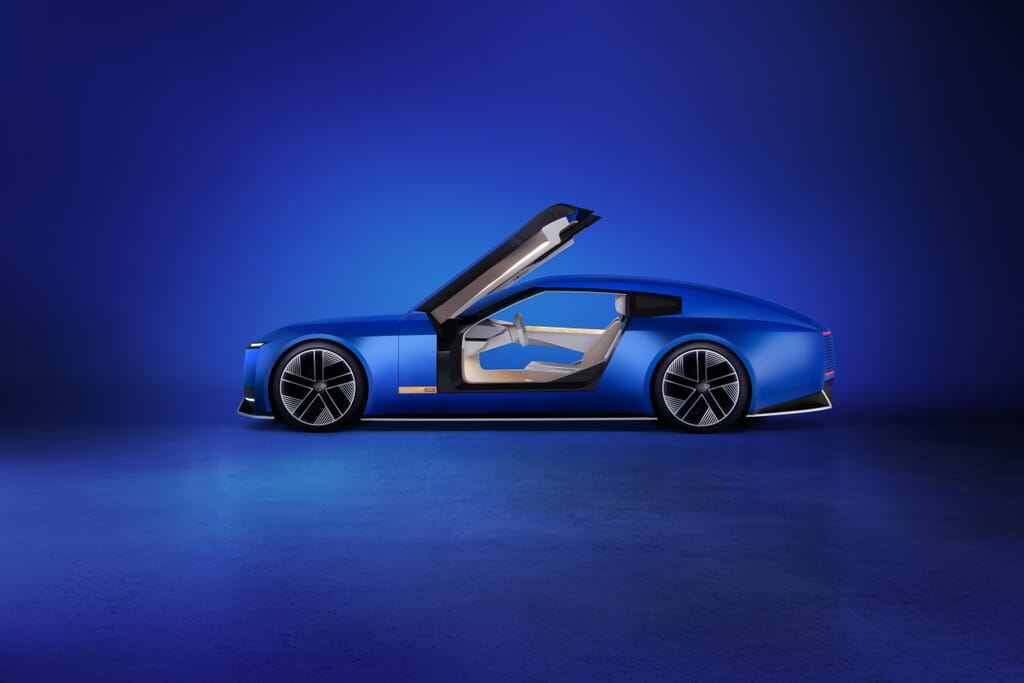
As we celebrate Jaguar’s 90th anniversary and they unveil the radical Type 00 concept and drops the iconic leaping cat logo, we ask: has the marque that gave us the E-Type and conquered Le Mans forgotten what made it legendary?
The Rebrand That Roared – For All the Wrong Reasons
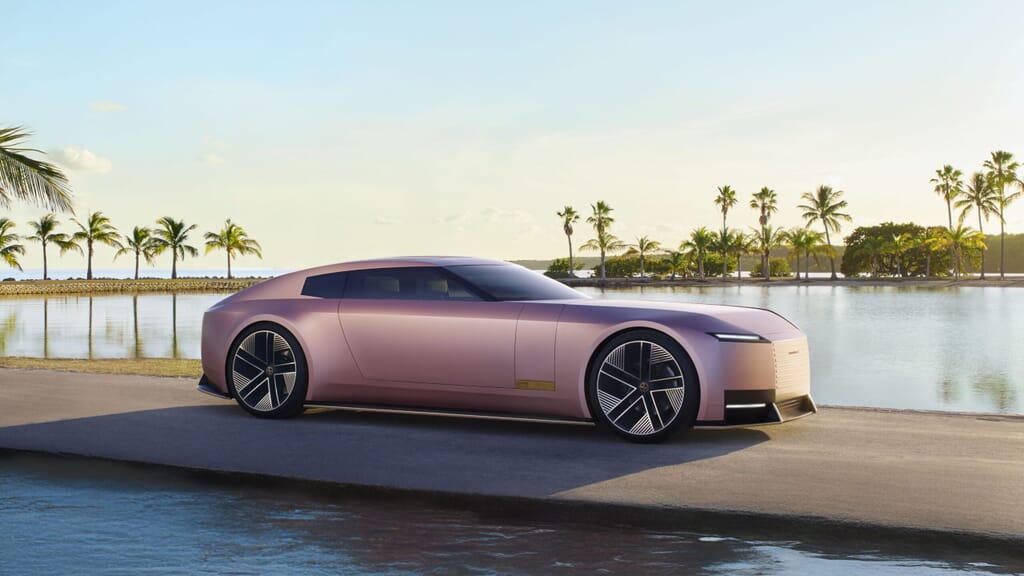
Jaguar is having a moment. Unfortunately, it’s not the kind of moment a 90-year-old luxury marque would choose. The recent unveiling of the Type 00 concept and accompanying rebrand has sent shockwaves through the automotive world – and not entirely positive ones. Social media erupted, classic car values fluctuated, and suddenly everyone had an opinion about whether Jaguar had lost its mind or found its future.
But here’s the thing about Jaguar: it’s been here before. This is a brand that has repeatedly reinvented itself, sometimes brilliantly, sometimes disastrously, across nine decades of British automotive history. From the elegant SS Jaguar 100 of 1935 to today’s polarising Type 00, the leaping cat has always been a creature of extremes.
So as Jaguar celebrates its 90th anniversary this September – yes, the timing couldn’t be more ironic – perhaps it’s worth examining what this storied marque got right, what it got spectacularly wrong, and whether there’s still hope for one of Britain’s most beloved automotive exports. Here’s our list of the best Jaguar cars of all time. And where they got it wrong.
[Image credit: Jaguar]
The DNA of Greatness: When Jaguar Got It Right
The Foundation: SS Jaguar 100 (1935)
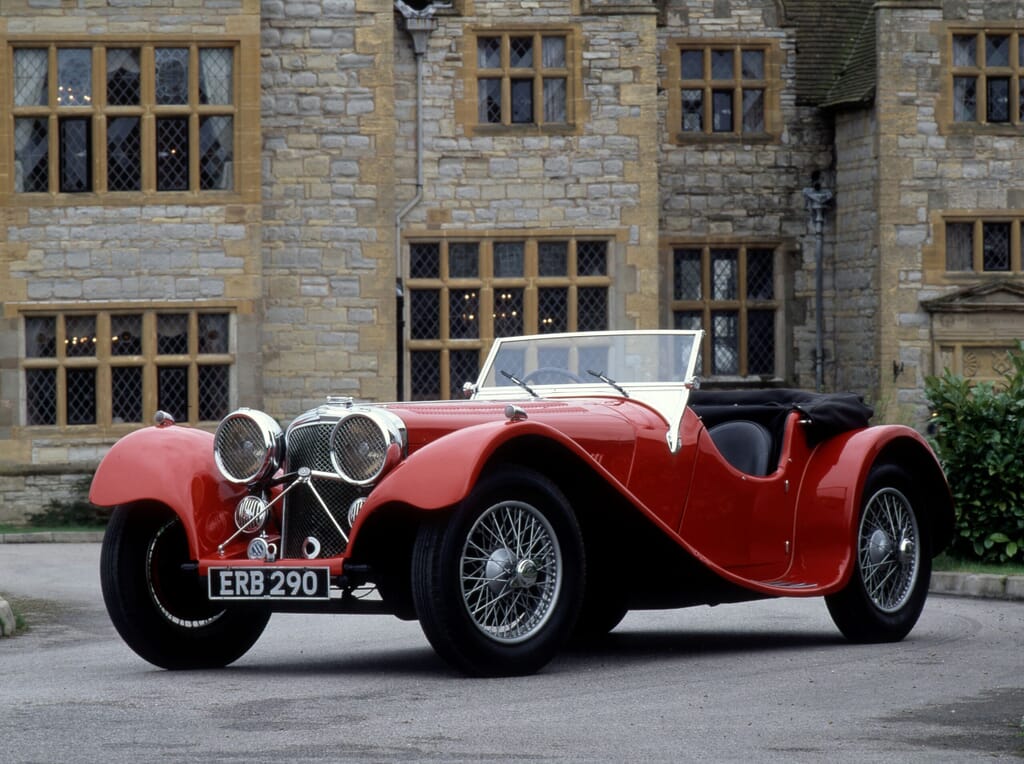
“Grace, pace, and space” – the philosophy was born here
The first car to wear the Jaguar name wasn’t just transportation; it was a statement of intent. The SS Jaguar 100 established the template that would define the brand for decades: elegant styling, impressive performance, and crucially, accessible luxury. At a time when exotic cars were the preserve of the ultra-wealthy, Jaguar democratised desirability.
Today, with only 314 examples ever built, an SS 100 can command £200,000-£400,000 at auction – a testament to its foundational importance and rarity that collectors understand all too well.
The Game Changer: XK120 (1948)
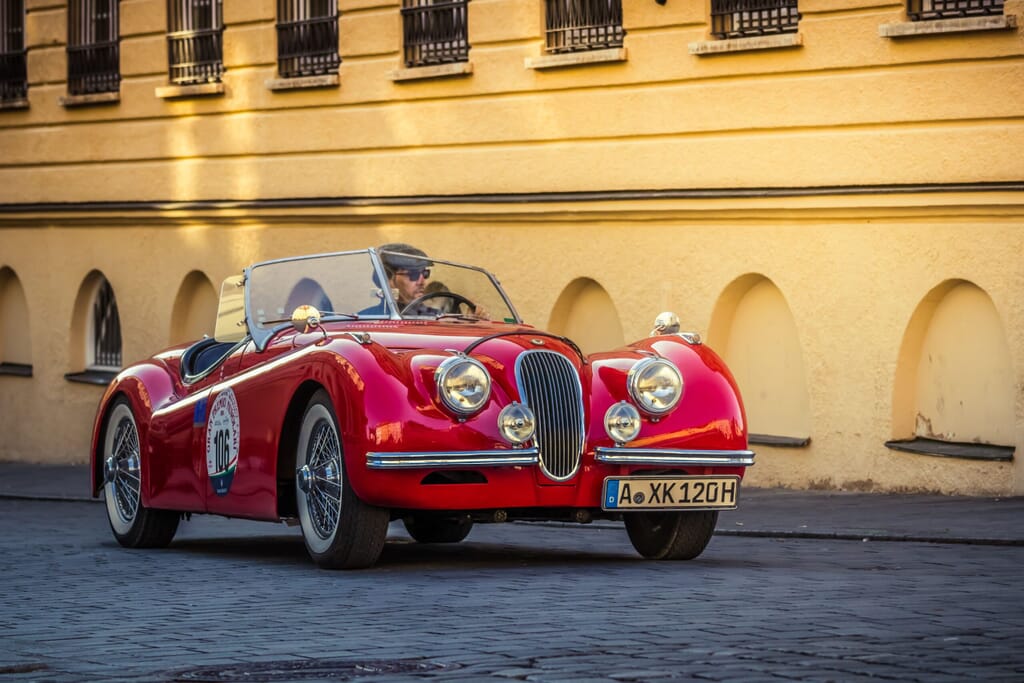
When Jaguar left the competition standing still
If the SS 100 was Jaguar’s introduction, the XK120 was its coming of age. Here was a car that could genuinely hit 120mph when most contemporaries struggled past 80mph – a 20% performance advantage that left rivals scrambling. The curvaceous bodywork wasn’t just beautiful; it was aerodynamically advanced, wrapped around an all-new twin-cam straight-six that would power Jaguars for decades.
For enthusiasts storing XK120s today, these cars represent more than mere transportation – they’re rolling art that happens to deliver an experience modern supercars struggle to match.
The Racing Legends: C-Type and D-Type
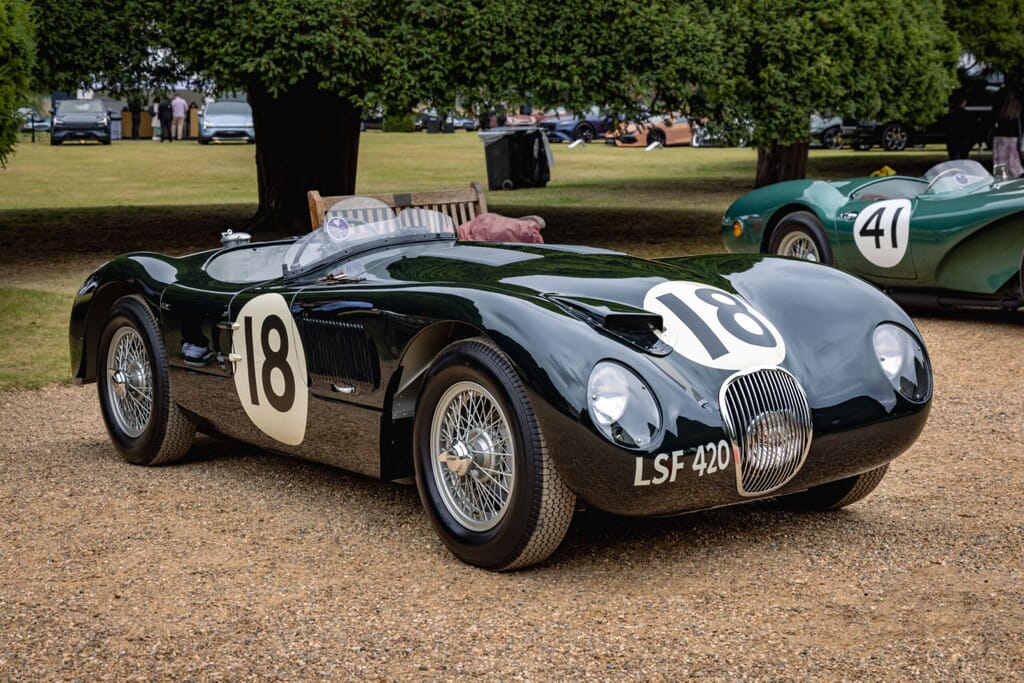
When Jaguar conquered the world’s greatest race
Le Mans victories in 1951, 1953, 1955, 1956, and 1957 didn’t just establish Jaguar’s racing credentials – they created an aura of invincibility that money can’t buy. The C-Type introduced disc brakes to motorsport, while the D-Type’s monocoque construction and aerodynamic focus were years ahead of the competition.
With only 53 C-Types ever built, these cars have transcended mere collectibility. Jaguar’s recent continuation models acknowledge what we already know: some designs are too perfect to remain buried in history.
The Icon: E-Type (1961)
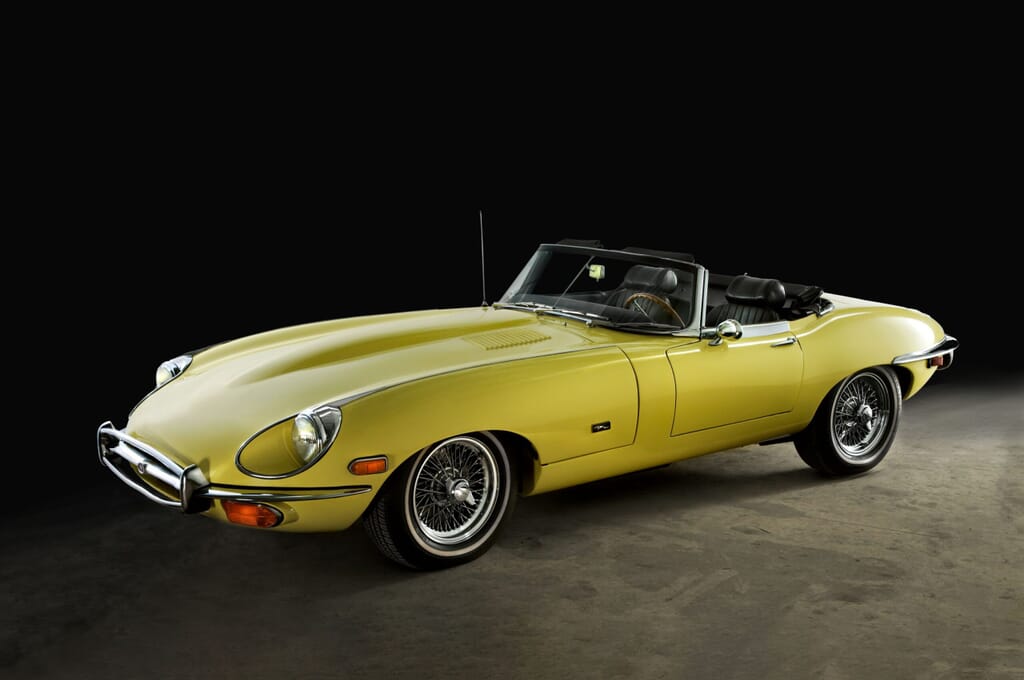
“The most beautiful car ever made” – Enzo Ferrari
When Enzo Ferrari calls your car beautiful, you’ve achieved something special. The E-Type wasn’t just gorgeous; it offered Ferrari performance at half the price. At £2,196 in 1961 (roughly £43,000 today), it democratised the supercar experience in a way that feels almost impossible in our current market.
For those fortunate enough to own an E-Type today, they possess what many consider the perfect intersection of beauty, performance, and cultural significance. It’s no wonder Jaguar has spent six decades trying to recreate its magic.
When Legends Lose Their Way
The Decline: E-Type Series 3 (1971-1974)
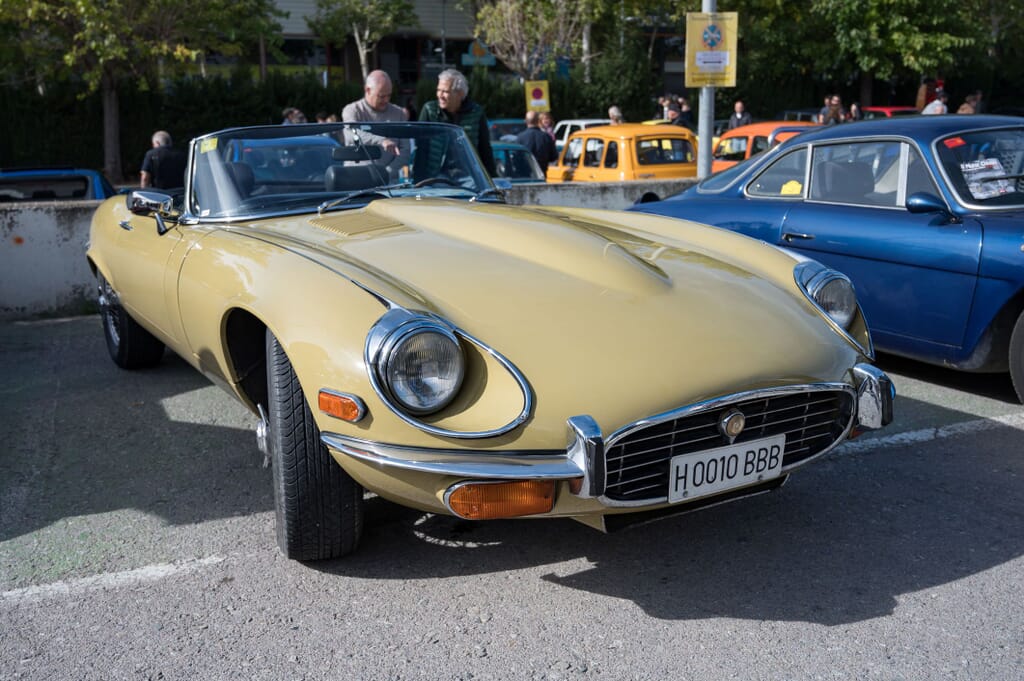
How to tarnish perfection
Even legends make mistakes. The Series 3 E-Type, with its ungainly 2+2 proportions and chrome-grilled awkwardness, proved that evolution isn’t always improvement. The addition of a 5.3-litre V12 should have been cause for celebration, but extra weight and compromised aesthetics made it the least desirable E-Type – a position reflected in today’s auction prices.
The Modern Missteps: S-Type and E-Pace
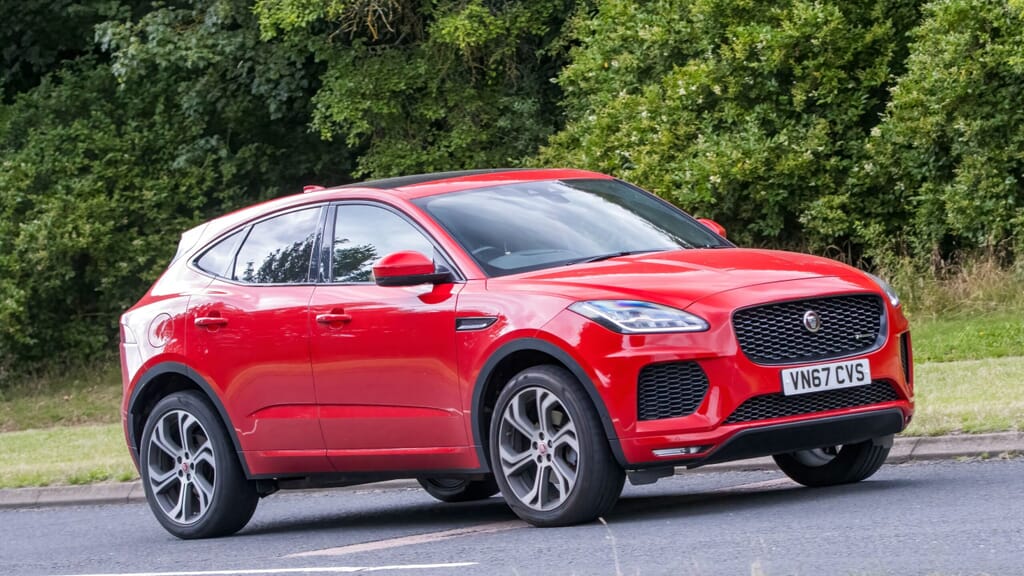
When cost-cutting meets customer disappointment
The 1999 S-Type and 2017 E-Pace represent different eras of the same problem: losing sight of what makes Jaguar special. Platform sharing with Ford products (Lincoln LS) and mediocre execution compared to segment leaders (Range Rover Evoque) showed what happens when accountants drive design decisions.
The Current Crisis: Type 00 and the Question of Identity
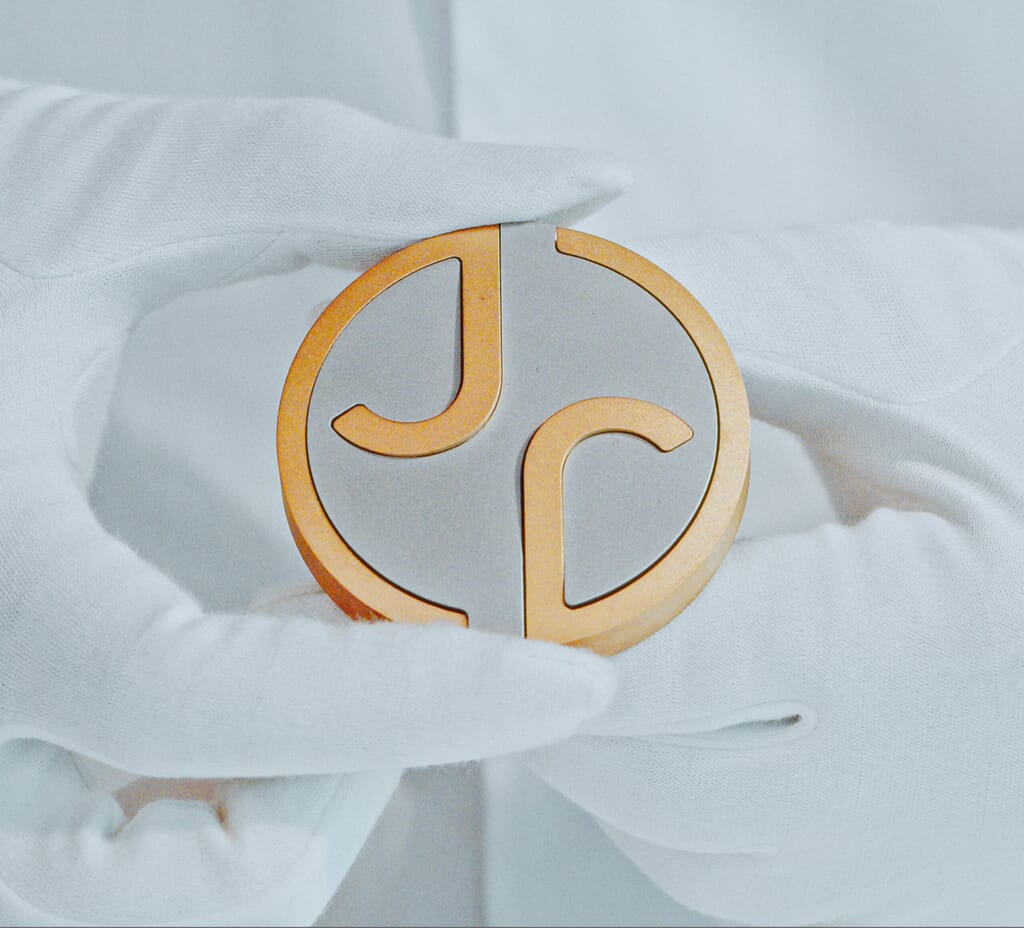
[Image credit: Jaguar]
Which brings us to today’s controversy. The Type 00 concept and accompanying rebrand represent either Jaguar’s boldest reinvention or its most tone-deaf moment – possibly both. The deletion of the leaping cat logo alone has triggered responses ranging from bewilderment to fury among enthusiasts.
But perhaps we’re asking the wrong question. Instead of whether Jaguar should change, maybe we should ask: what would the creators of the E-Type and D-Type do in today’s market?
The Investment Perspective: Why History Matters
For collectors and investors, Jaguar’s current identity crisis creates both opportunity and uncertainty. Classic Jaguars – particularly E-Types, D-Types, and XK models – have consistently outperformed traditional investments, driven by their combination of rarity, beauty, and cultural significance.
The brand’s current struggles only amplify the appeal of its greatest hits. When a marque’s future is uncertain, its past becomes more precious. Those early racing victories, design triumphs, and moments of automotive perfection become fixed stars in an increasingly chaotic automotive galaxy.
The Road Ahead: Lessons from 90 Years
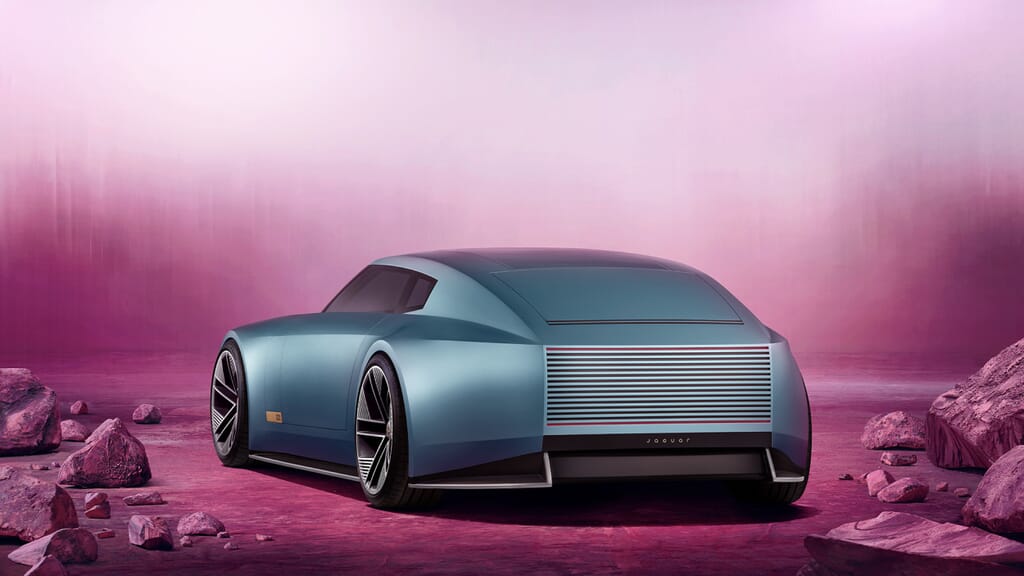
[Image credit: Jaguar]
Jaguar’s 90-year journey offers lessons that extend beyond the automotive world. True luxury isn’t just about exclusivity – it’s about creating objects of genuine desire that transcend their functional purpose. The best Jaguars weren’t just cars; they were expressions of optimism, beauty, and the very British belief that you could have your cake and eat it too.
Whether the Type 00 and its radical departure from tradition represents salvation or suicide remains to be seen. But one thing is certain: in a world of increasing homogenisation, we need brands brave enough to be different – even if they sometimes get it spectacularly wrong.
After all, the alternative to risking failure is accepting irrelevance. And irrelevance is the one thing Jaguar has never been.
This milestone is one of many key anniversaries this year. Explore more in our article on classic car anniversaries of 2025 here.
At Windrush, we understand that classic cars aren’t just vehicles – they’re cultural artifacts that deserve the finest care. Whether you own an early E-Type or a modern F-Type, our climate-controlled facilities and expert team ensure your Jaguar receives the attention befitting its heritage. We’ve proudly stored and maintained classic Jaguar models for collectors in the UK, offering industry-leading secure car storage.
